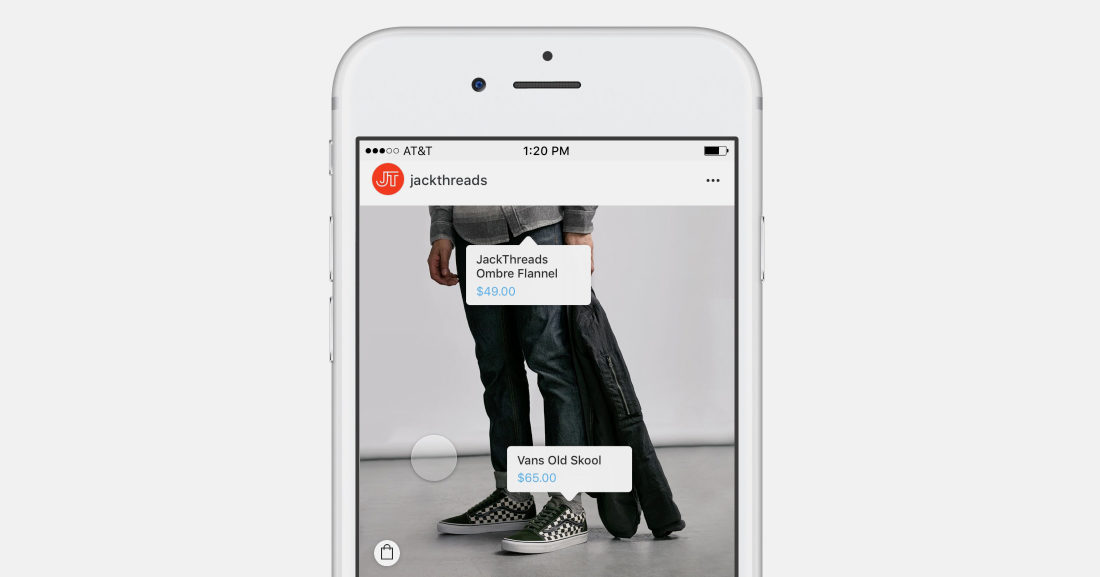
People aren’t all that interested in buying stuff straight from social networks like Facebook, Twitter, and Instagram.
Last year, a research firm called GlobalWebIndex polled a group of 16- to 64-year-olds social networkers and found that only 14 percent of respondents were interested in a button that would let them instantly buy stuff on Instagram. Figures for Facebook and Twitter were evenlower. “We have quite a bit of evidence at this point that social networks arent great at being the last touch before an e-commerce transaction,” says Jason Goldberg, vice president of commerce at the digital marketing company Razorfish.
But social networks want to change that. Starting next week, Instagram will allow certain retail partners to tag products in the photos they post to the social network, which is now used by 500 million people across the globe. If people click on these tags, they can get a more detailed descriptionof, say, a new handbag or a pair of sunglasses,and if they click a second time, they can buy the product through the retailer’s website. The move comes after Pinterest rolled out a discrete buy button on its social network, and others, including Facebook (Instagram’s parent company) and Twitter, have tested similar buttons.
Twitter ended up killingits buy button. But Instagram believes its photo-happy social network is particularly well-suited to this kind of thing, that this is an ideal place for people to discover and even buy new products. “You may not even know youre looking for on Instagram, but youre consuming a feed that includes your friends, your family, your interests,” says Vishal Shah, the company’s manager of business and advertising products. “This, combined with a highly visual feed, lends itself really well to discovery.”
Instagram is working with 20 US brands on this project, including Kate Spade, Warby Parker, and J.Crew, and at least initially, the project does not involve any revenue sharing between Instagram and these retailers. Instagram says it’s merely interesting in gathering data about the new system. A third-party company called Curalate has tried something similar on the social network, but this is the first time Instagram itself has rolled out such atool on its platform.
Goldberg questions whether the new tags will drive that many purchases. I dont expect it to have a huge financial impact, he says. But he still says it’s a good move for Instagram and the company’s advertisers. In the end, these products tags allow the company to collect more data on what people like and what they don’t, what they’re looking for and how. At the end of the day, the big win for Instagram is they get some of their platforms content to be much more structured with product information, and can start collecting much more granular buying intent data about its audience, he says.
In other words, in the long run, this allows Instagram to more effectively target ads—something it already seems to have a real knack for, thanks to all the help it receives from Facebook, which already holds so much data about the habits of the world’s Internet users. According to market research firm eMarketer, Instagram is on trackto surpass Twitter in worldwide ad revenue by 2017—pulling in $3.6 billion compared to Twitter’s $2.53 billion. So, in the end, these new tags aren’t about you. They’re about looking for even more revenue.
Read more: https://www.wired.com/2016/11/get-ready-buy-stuff-straight-instagram/
